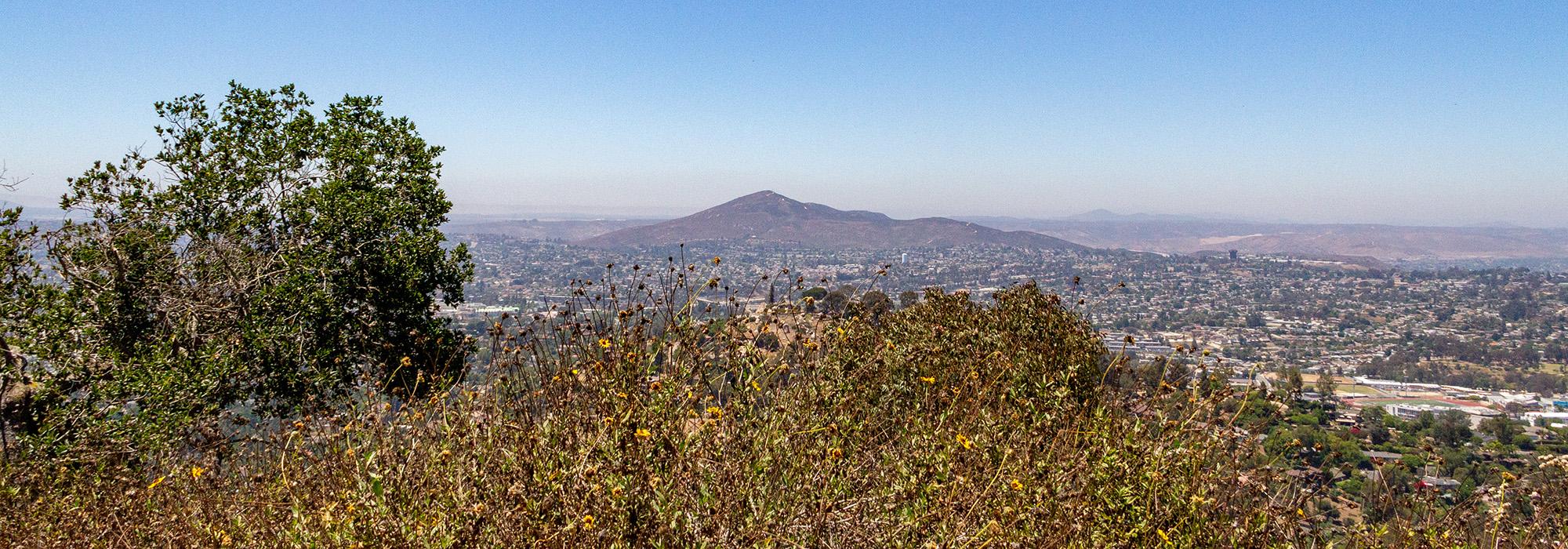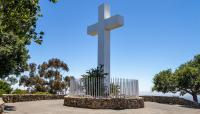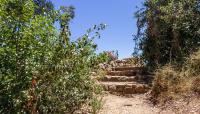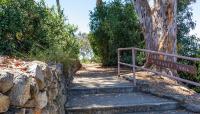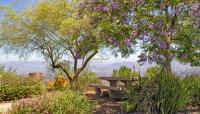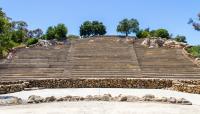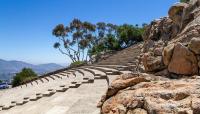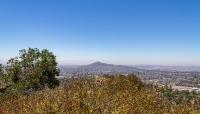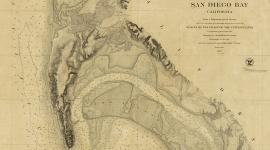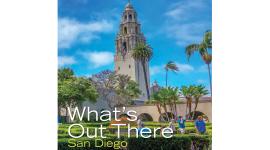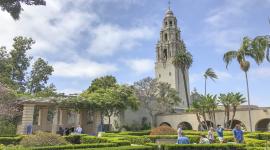Landscape Information
Located thirteen miles east of downtown San Diego, this six-acre mountaintop park was underwritten by siblings Mary Yawkey White and Cyrus Carpenter Yawkey as a memorial to their mother. After acquiring the property in 1923, the siblings commissioned local architect Richard Requa and landscape architects Emerson Knight and Paul J. Holloway to develop the summit. The park opened in 1925 and was further improved by the State Emergency Relief Administration in 1933. Initially entrusted to San Diego County, responsibility for the park was transferred to the Mount Helix Park Foundation in the 1990s.
Perched atop a 1,370-foot-high peak and surrounded by residential development, the park is approached by a steep roadway that weaves up the mountainside. Part of Requa’s original design, the park’s most prominent features are a 35-foot-tall, stone, Christian cross and an outdoor theater (called the Amphitheater). The cross, situated on top of the peak, overlooks Spring Valley and the distant San Ysidro mountain range. Below the cross, the theater is set within a natural depression on the eastern slope. Integrated into the rugged landscape by stone walls and rock outcroppings, it consists of 41 rows of cement risers that descend towards a two-level stage. Two rooms beneath the stage accommodate storage, production space, and park offices. Native trees and shrubs, planted by Knight, edge the theater while leaving a clear sightline to the monument and distant panoramic views. On the opposite side of the cross, an earthen nature trail winds through rough hillside terrain. The roadway is lined by hand-hewn stone walls put in place by the Civilian Conservation Corps during the Great Depression.



